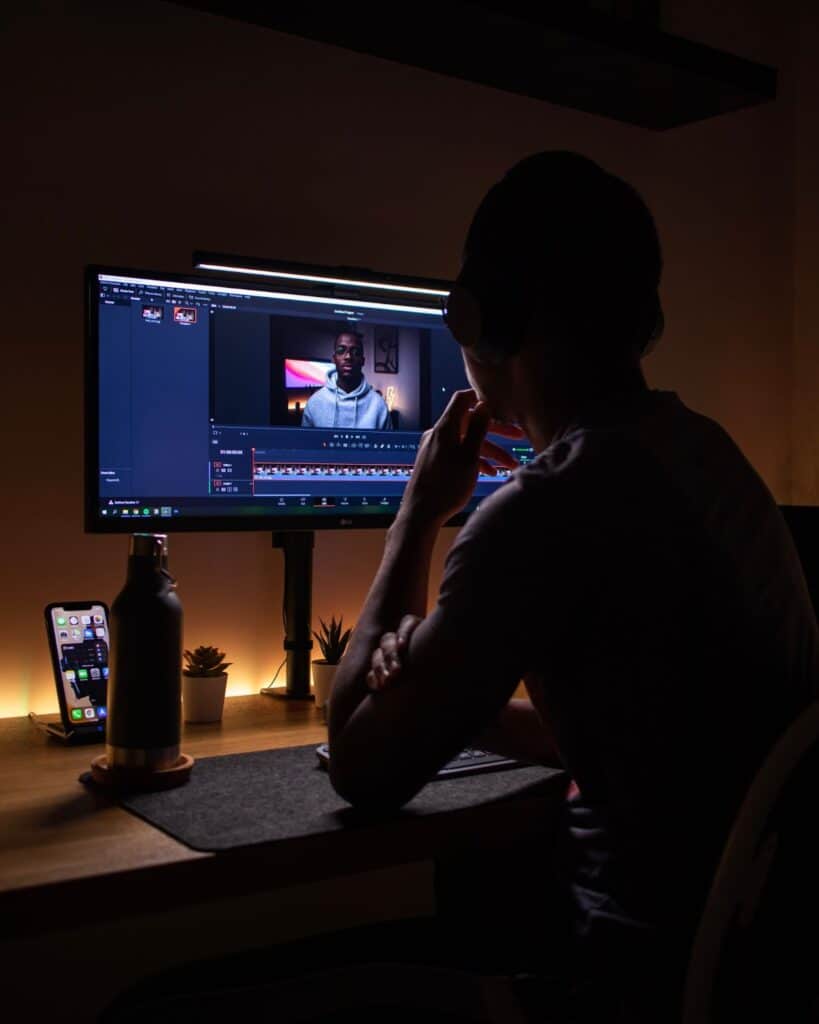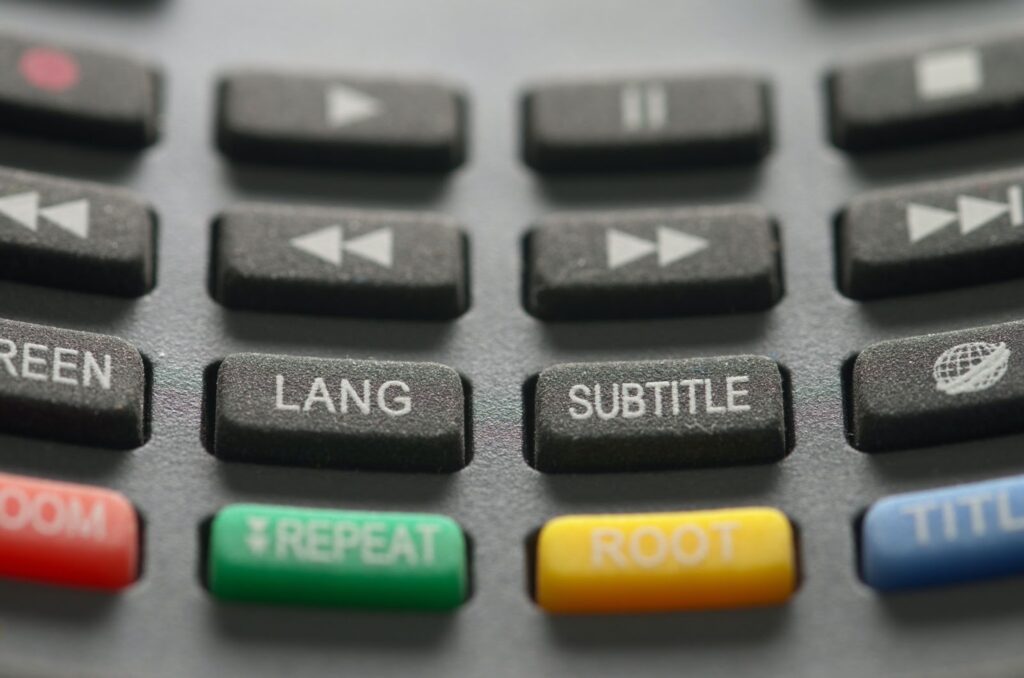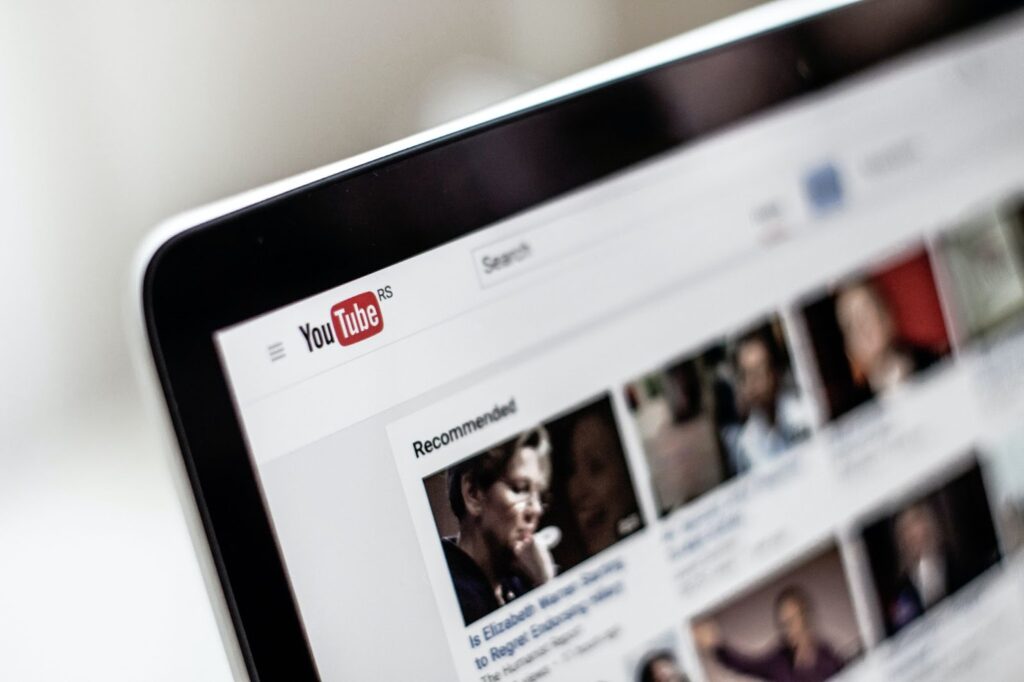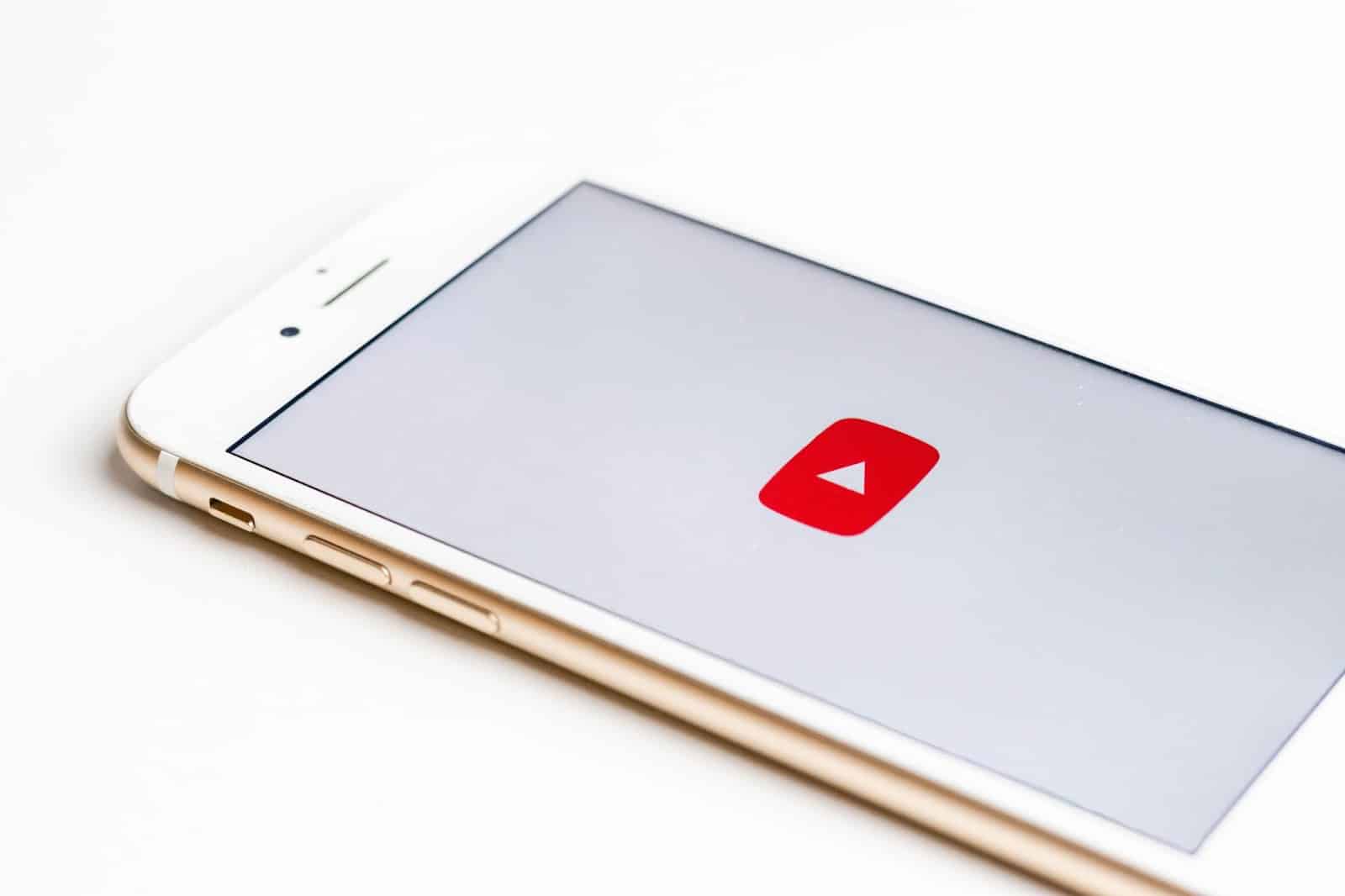YouTube is the most popular online video site in the US, with roughly 90% of digital consumers tuning in regularly. What may have started as a platform for sharing personal videos is proving to be a valuable tool that helps businesses boost their brand visibility.
As YouTube continues to dominate marketing and advertising efforts, content creators must identify the best ways to build audiences. Luckily, one of the simplest methods for boosting viewership and engagement on YouTube is to add accurate captions to your videos. On average, videos that include captions see a 12% increase in watch time over videos that do not. Adding captions will also make viewers more likely to watch your videos to completion.
YouTube recognizes the value of closed captioning as a way to increase viewership and offer more accessible content. That’s why YouTube’s platform makes it easy for creators to add closed captioning to YouTube videos.
Table of Contents:
- Does YouTube Have Closed Captioning?
- How to Get Closed Captioning on YouTube
- Adding Closed Captioning to YouTube Video
- Subtitles vs. Captions: Which Should I Use?
- What are the Benefits of YouTube Closed Captioning?
Does YouTube Have Closed Captioning?
There are various methods for adding closed captioning to YouTube videos. Here are the options that YouTube’s website outlines:
Automatic Captions
YouTube uses Automatic Speech Recognition software to generate and add captions to content that users upload to the platform. While convenient, this process generally results in captions that contain a significant number of errors. You can manually edit these auto-generated captions, but YouTube highly recommends partnering with a professional captioning company like Verbit.
Additionally, YouTube is beginning to roll out a YouTube live captioning process using its automatic captions. However, these captions will likely have similar accuracy issues, and they aren’t yet widely available.
Auto-Sync
If you have a transcript that contains the speech in your video, you can upload that file to YouTube’s captioning tool. YouTube will adjust the timings of the captions automatically. You will likely need to manually edit to ensure accurate timing and to break up any large passages.
Type manually
If you don’t have a transcript, you can use the YouTube closed captioning tool to manually type in the text of the video as the content plays. The timings will then automatically sync, although you may need to adjust them later for accuracy. As you can imagine, this process can be extremely tedious and time-consuming, especially if you are not a professional transcriber.
Upload a file
You can save time and effort by uploading a professional captioning file that’s already in sync with the video. YouTube will convert this file into highly accurate in-video captions that support viewers who are Deaf or hard of hearing and others.

How to Get Closed Captioning on YouTube
Your business should be offering professional quality captions on YouTube videos. Using YouTube’s caption upload feature and partnering with a trusted captioning and transcription service is the best way to offer accurate YouTube closed captioning.
Luckily, you can rely on Verbit’s user-friendly process to achieve these results. First, you simply upload your video or audio file to Verbit’s platform, where top-tier artificial intelligence software will quickly transcribe video to text. This initial step will produce a basic caption file. From there, Verbit’s professionally-trained human transcribers review and edit the captions for accuracy. This process results in a final product with accuracy rates that support accessibility guidelines. Additionally, thanks to its efficient technology, Verbit can often complete these files in as little as four hours.
Finally, you can download the captions in a YouTube-friendly format such as a .vtt file, .srt file, .dfxp file, or .scc file. The file type you select for captioning YouTube videos is up to you since each of these works with the site.
Adding Closed Captioning to YouTube Video
With your captioning file in hand, your next step is to upload it to YouTube’s platform. Here’s how to add subtitles to a video according to YouTube’s website:
- Sign in to YouTube Studio.
- From the left menu, select Subtitles.
- Click the video that you’d like to edit.
- Click ADD LANGUAGE and select your language.
- Under subtitles, click ADD.
- Select Upload file.
- Choose between With timing or Without timing, then select Continue.
- Choose your professional caption file.
- Select Save.

Subtitles vs. Captions: Which Should I Use?
You may have noticed that YouTube mentions both subtitles and captions on its platform. People often use these terms interchangeably, but there are some significant differences between the two. Before uploading your content, you should know when to add subtitles to YouTube video content and when to add captions.
Subtitles refer to on-screen text that supports viewers watching a video in a non-native language. This tool only represents the spoken text of a video and doesn’t include any non-speech elements. Non-speech audio elements are things like sound effects, music cues and pauses. YouTube subtitles can support hearing audience members, but they aren’t the best way to support viewers who are Deaf or hard of hearing.
On the other hand, captions typically include all audio elements of a video, not just the spoken text. Providing YouTube TV closed captioning is a better way for content creators to improve the accessibility of their content while also driving viewership and engagement. Adding subtitles to YouTube videos may help boost the content’s reach, but it will likely miss the mark when it comes to providing equitable viewing experiences for those with disabilities.
What are the Benefits of YouTube Closed Captioning?
There are several reasons why creators should consider supporting their content with closed captioning on YouTube. Let’s take a closer look at two of the biggest benefits of offering this service.
Increased Engagement
YouTube is, at its heart, a mobile platform. Gone are the days of sitting around watching home videos on the television. In fact, over 70% of YouTube viewers are using mobile apps. On-the-go video viewing can make it difficult for users to fully engage with content because they are often at the mercy of their environment. It may not always be possible (or polite) to watch a video with the sound on in public. That’s why roughly 85% of online videos are watched without the sound. The messaging of any video content without captions would likely be entirely lost on someone who is watching a video on mute. Videos with captions, however, enjoy greater watch time overall and have a 15% higher share rate and a 26% higher click-through rate. Adding captions to your videos can also improve your content’s discoverability by search engines. As a result, captioning your videos can boost your brand’s SEO ranking.
Greater Accessibility
Given the meteoric rise of digital media, online accessibility is no longer a “nice-to-have” but a must-have. Business leaders are responsible for ensuring that their communications and marketing initiatives are inclusive of diverse viewers and customers. Providing closed captioning for YouTube content is an easy way to offer more equitable viewing experiences to those who are Deaf or hard of hearing and those with certain auditory processing disorders. Captions can also be valuable for individuals consuming content in a non-native language. Additionally, while closed captioning supports critical accessibility guidelines, it also helps demonstrate your brand’s commitment to diversity, equity and inclusion.

Partnering with Verbit: Modern Solutions for Digital Media
The popularity of video-sharing sites like YouTube will only continue to grow in the years to come. Business leaders looking to maximize the return on their video production efforts can stay ahead of the curve by working with a trusted captioning and transcription partner like Verbit.
Verbit offers a full suite of accessibility technologies like captioning, transcription and translation to support more accessible and efficient internal and external business communications. Your brand could be benefiting from tools like Vimeo captioning, YouTube transcription, LinkedIn captioning and more. Contact us to learn more about how our solutions can support your business.




